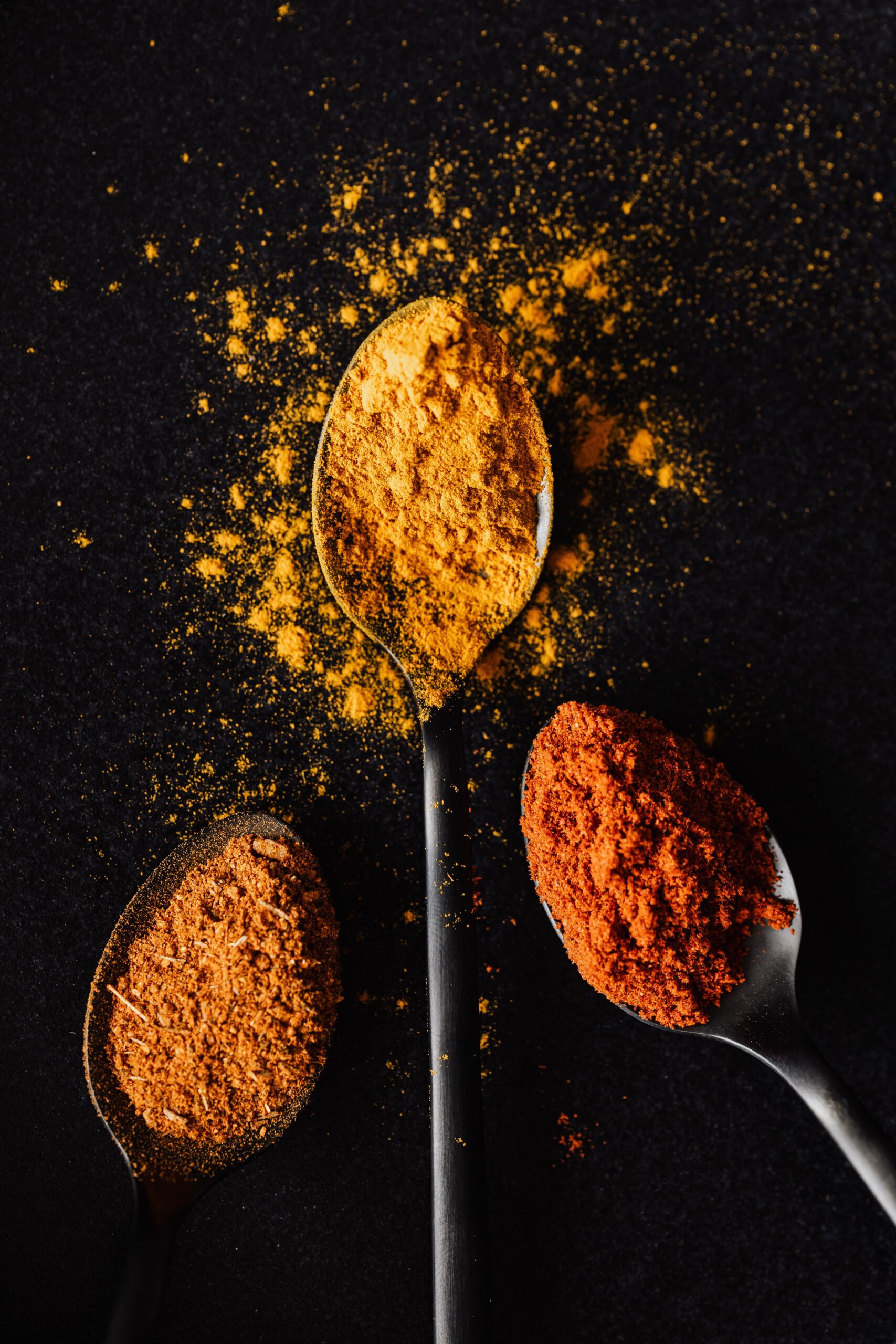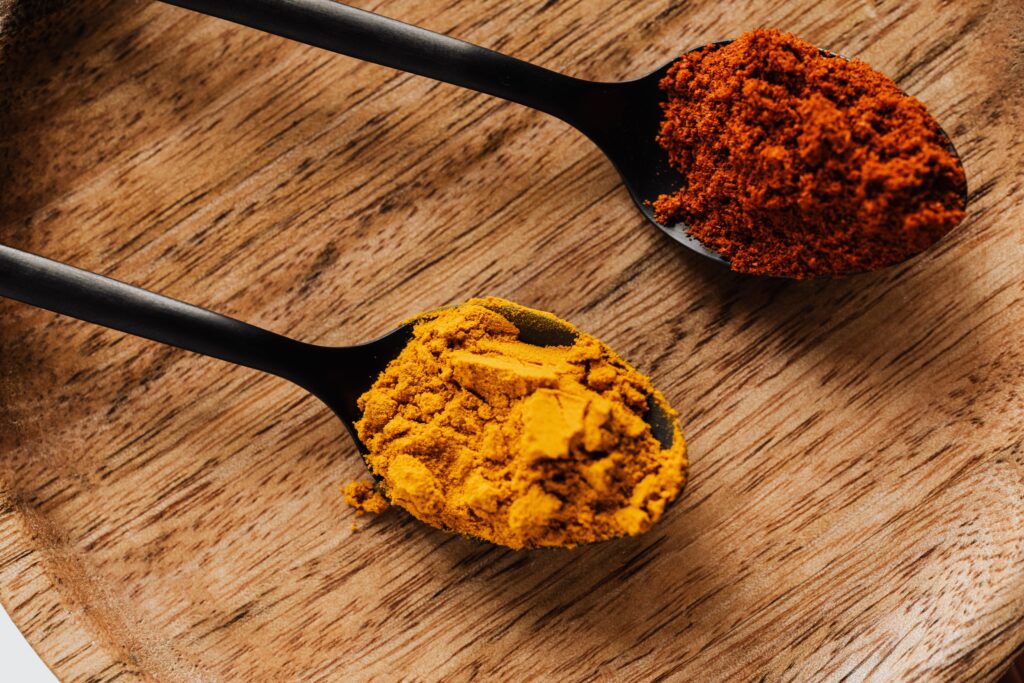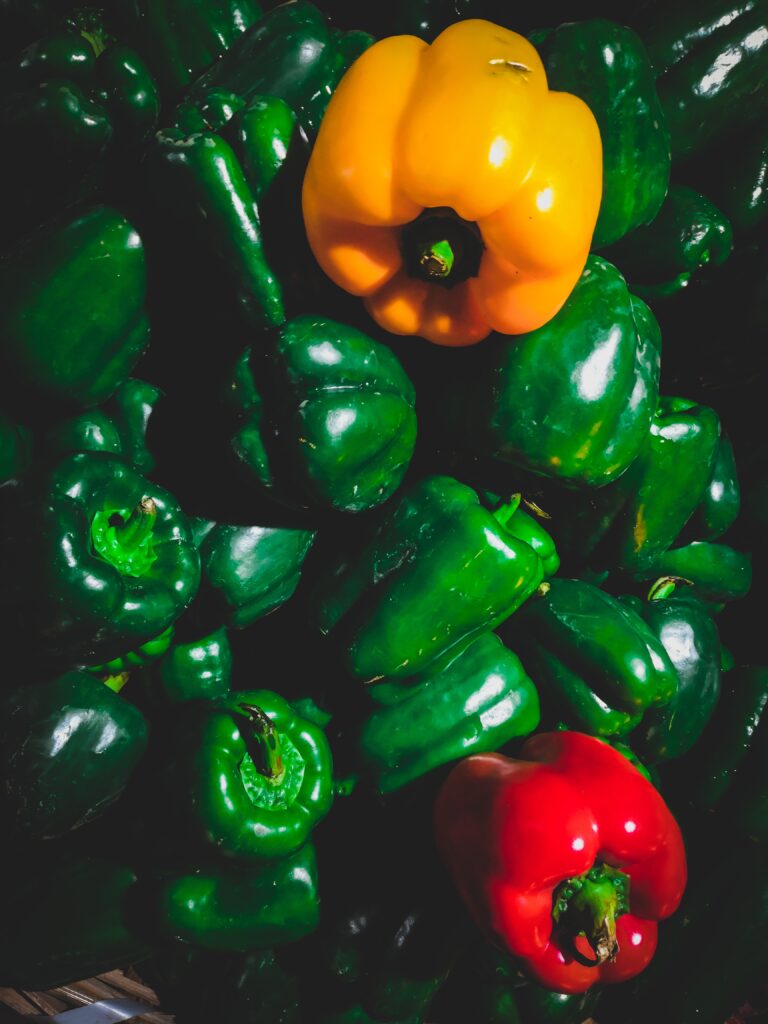
Paprika is a spice that has become a staple ingredient in many different types of recipes. From deviled eggs to stews and soups, paprika adds a bright red colour and a sweet, smoky flavour to many dishes. But where does paprika come from, and what makes it so unique?
What is Paprika
Where Does Paprika Come From
Paprika comes from a type of pepper known as Capsicum annuum. This is the same species of pepper that is used to make other popular spices like cayenne pepper and chili powder. However, unlike these other spices, paprika is made specifically from red peppers or bell peppers, also known as paprika peppers.

Are There Different Types of Paprika?
There are actually several different types of paprika, each with its own unique flavor and level of heat. The most common types of paprika are Spanish paprika and Hungarian paprika.
Spanish paprika
Also known as pimentón, is made from dried and ground red peppers that are grown in South America. The peppers used to make Spanish paprika are typically mild and sweet, and they are often smoked to give the paprika a smoky flavor.
Hungarian paprika
Is made from a specific type of pepper known as the Hungarian wax pepper. These peppers are generally hotter than the peppers used to make Spanish paprika, which gives Hungarian paprika a bit more heat and flavour. Hungarian paprika is also typically brighter and more vibrant in colour than Spanish paprika.
Regardless of the type of paprika, the process for making it is generally the same. The peppers are dried and then ground into a fine powder. The resulting spice can be used in a variety of dishes to add both flavour and colour. Sweet paprika is the most commonly used type of paprika and it is widely used in many recipes all over the world.
Suggested Post: The Perfect Paprika Substitute for Your Recipes
What Are the Health Benefits of Paprika
Paprika is a spice that adds a unique flavor and bright red colour to many dishes. But, did you know that it also has a number of health benefits? Paprika is made from dried and ground peppers, which are rich in vitamins and minerals that are essential for overall health. In this article, we will explore some of the health benefits of paprika.
Rich in Antioxidants
Paprika is loaded with antioxidants, which help to protect the body from oxidative stress caused by free radicals. Free radicals are unstable molecules that can cause damage to cells and contribute to the development of chronic diseases such as cancer, diabetes, and heart disease. The antioxidants in paprika help to neutralize these free radicals and protect the body from their damaging effects.

Anti-Inflammatory Properties
Paprika also has anti-inflammatory properties, which can help to reduce inflammation throughout the body. Chronic inflammation is linked to a number of health problems, including arthritis, heart disease, and cancer. The anti-inflammatory compounds in paprika can help to reduce inflammation and may even help to prevent the development of these chronic diseases.
Boosts Immune System
Paprika is a good source of vitamin C, which is essential for a healthy immune system. Vitamin C helps to stimulate the production of white blood cells, which are responsible for fighting off infections and diseases. Eating foods that are high in vitamin C, like paprika, can help to boost your immune system and keep you healthy.
Promotes Healthy Vision
Paprika is also rich in vitamin A, which is essential for healthy vision. Vitamin A helps to protect the surface of the eye and can prevent eye infections and other eye-related problems. Eating foods that are high in vitamin A, like paprika, can help to maintain healthy eyesight and prevent vision loss.
May Help Regulate Blood Pressure
Some studies have suggested that the capsaicin in paprika may help to regulate blood pressure. Capsaicin is a compound that gives peppers their spicy heat and has been shown to dilate blood vessels, which can help to lower blood pressure. While more research is needed in this area, adding paprika to your diet may be a simple way to help regulate your blood pressure.
In conclusion: the Health Benefits of Paprika
Paprika is more than just a flavorful spice. It is also a great source of antioxidants, anti-inflammatory compounds, and essential vitamins and minerals. Adding paprika to your diet can help to boost your immune system, promote healthy vision, and may even help to regulate your blood pressure. So, next time you reach for the paprika to add some flavor to your meal, remember the many health benefits that it provides!
Suggested Post: Paprika vs Smoked Paprika: All You Need To Know
Exploring The History of Paprika
Paprika has a long and interesting history. It is believed that paprika was first introduced to Hungary by the Turks in the 16th century. However, the spice did not become popular in Hungary until the 19th century when it was used to add flavor and color to goulash, the country’s national dish. Today, Hungary is still known for its high-quality paprika, which is considered to be some of the best in the world.

In addition to being a popular spice in many different types of cuisine, paprika is also used for its health benefits. Capsicum, the compound that gives peppers their heat, has been shown to have anti-inflammatory and pain-relieving properties. Additionally, paprika is high in vitamin C and other antioxidants, making it a great addition to a healthy diet.
How to Use Paprika
If you are looking to incorporate paprika into your cooking, there are many different recipes to try. From classic dishes like goulash and paella to more modern creations like paprika-roasted chicken, paprika is a versatile spice that can be used in many different ways. Whether you prefer sweet or hot paprika, there is sure to be a recipe out there that will suit your tastes.
In conclusion
Paprika is a spice that has a long and fascinating history. From its origins in South America to its popularity in Hungary and beyond, paprika has become an essential ingredient in many different types of cuisine. Whether you prefer the sweet and mild flavor of Spanish paprika or the spicy kick of Hungarian paprika, there is no denying the unique flavor and bright red color that paprika brings to the table.

Christopher is a food and lifestyle expert, recipe developer and the content creator behind May Eighty Five. With years of experience in the kitchen, he also shares tips, tricks and how to’s that he has learnt over the years. Every week, he shares quick, simple and mostly healthy recipes along with some home and entertaining tips. You will find flavorful cocktails, delicious appetizers, tasty mains and some indulgent desserts. As a home decor enthusiast, he also likes to share simple DIY projects and simple tips for a beautiful home.








5 Comments